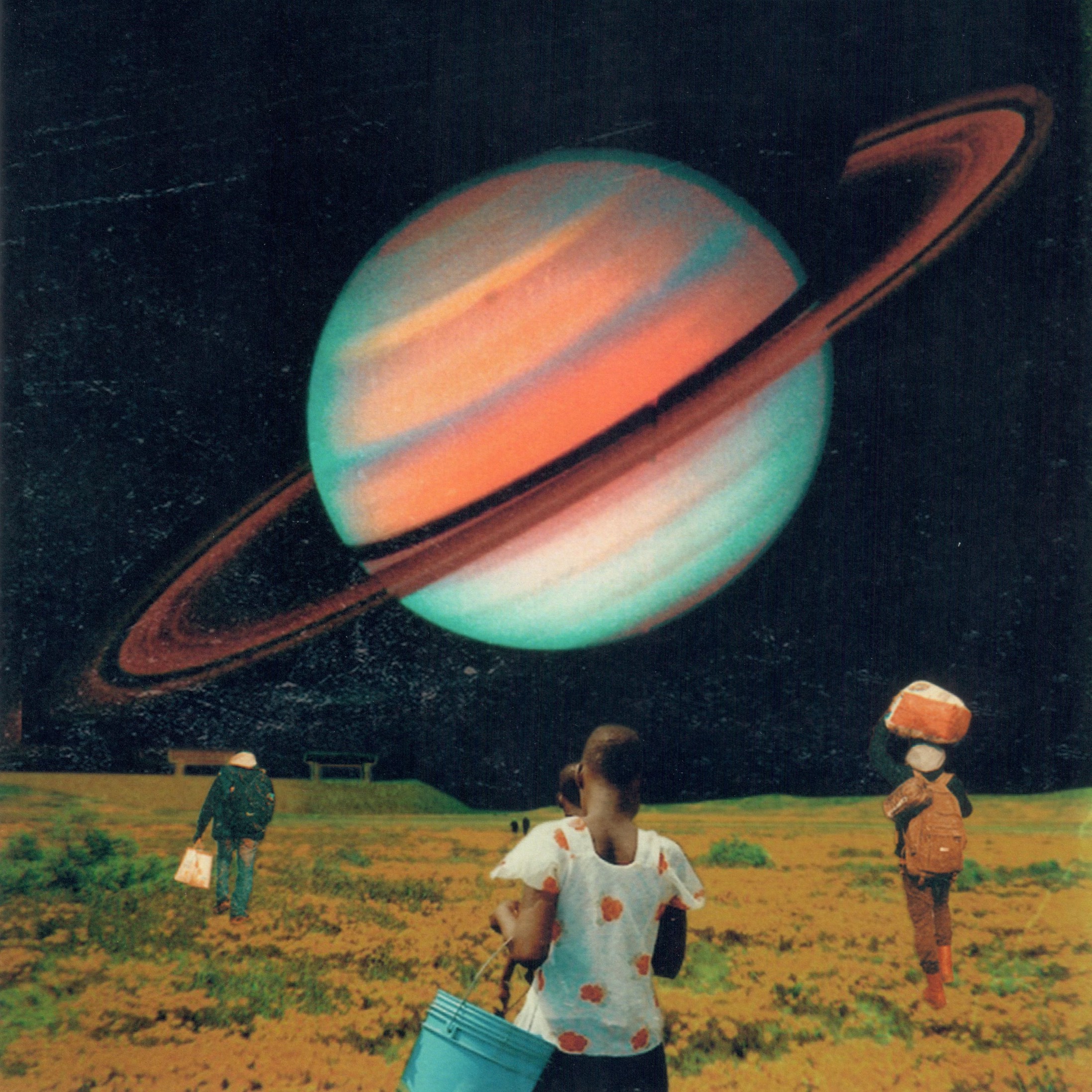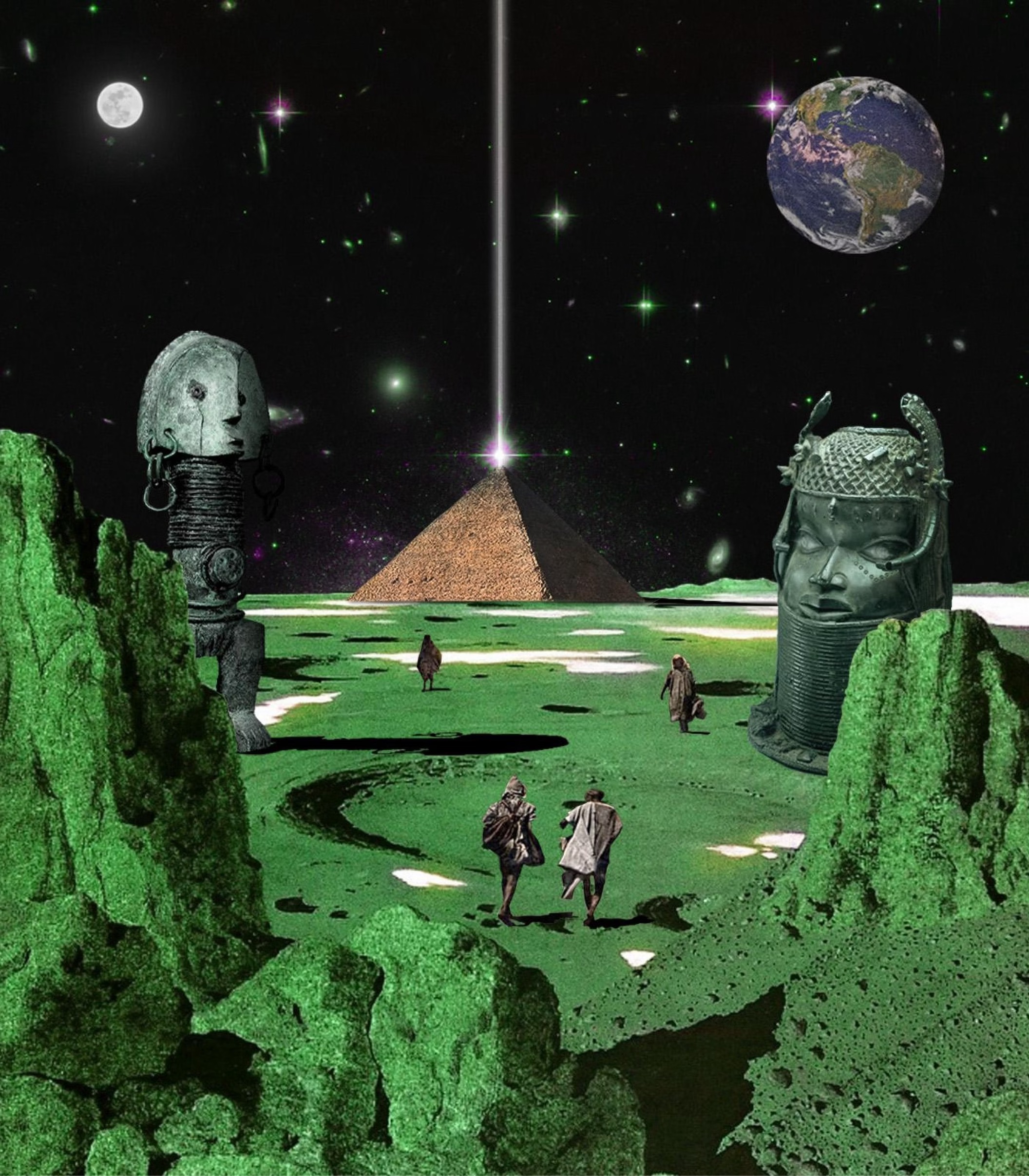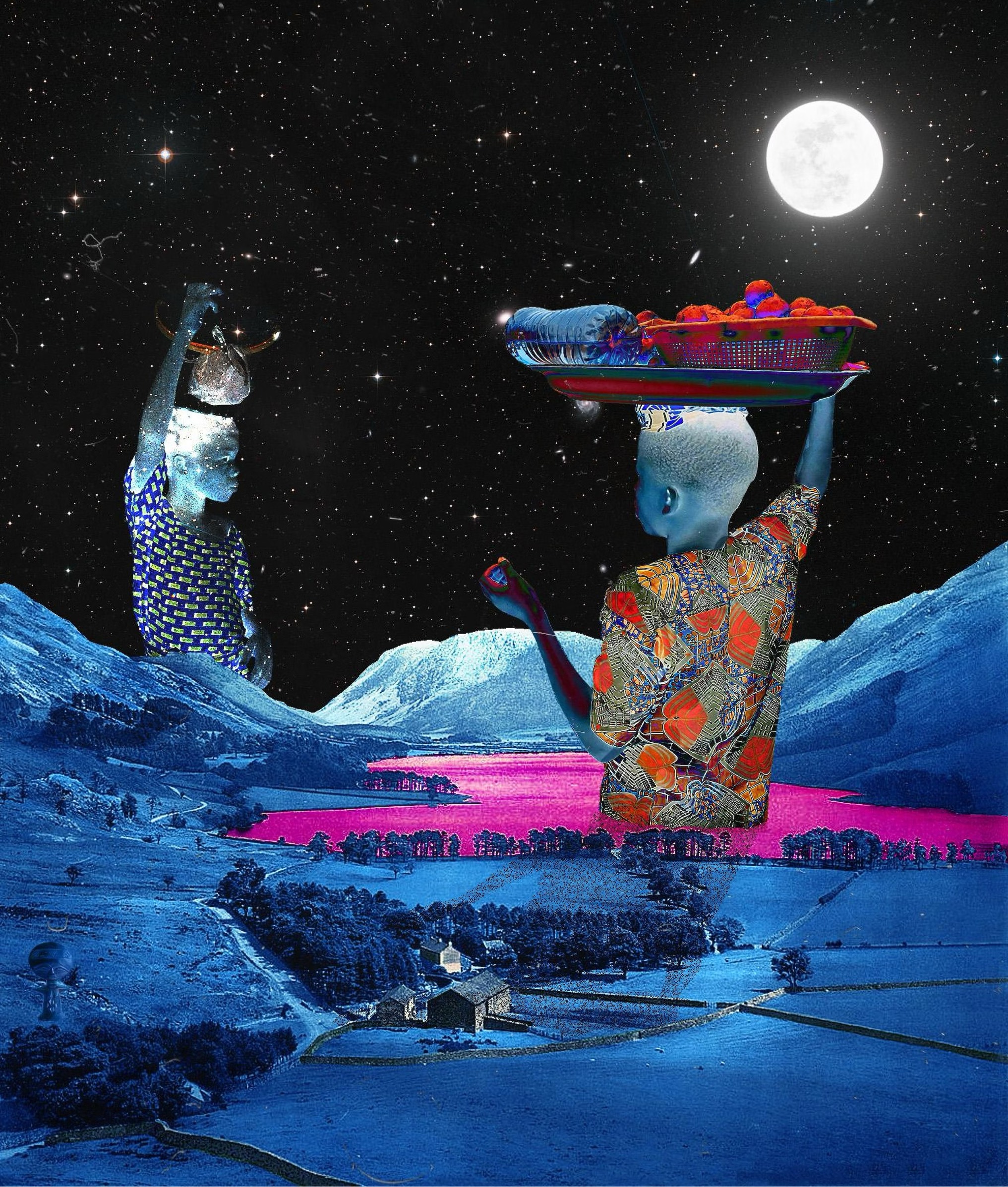Est. May 2020
Series
Exhibition
Speculative
SPIRITUAL MIGRATION
Series
Exhibition
Speculative
Over the last decade and half, my interest in local environments and the global climate has grown consistently. I’ve read several books and articles on the topic, watched many documentaries and films, listened to countless talks and lectures and even made significant lifestyle changes which have influenced others in my circle as well. From my perspective, the crises we are faced with is clear and we need to act urgently in order to minimize the effects of the now inevitable disruption they’ll result in.
Naturally, the more I’ve engaged with these topics, the more they have influenced my art and the content I share online. Browse through my Instagram page or follow my stories and you’ll find content urging folks to explore plant-based lifestyles, support rainforest conservation, start composting and do the little we all can to make Earth a cooler place to be.
Looking back it’s evident that the Spiritual Migration series was birthed from this contemplative space.Naturally, the more I’ve engaged with these topics, the more they have influenced my art and the content I share online. Browse through my Instagram page or follow my stories and you’ll find content urging folks to explore plant-based lifestyles, support rainforest conservation, start composting and do the little we all can to make Earth a cooler place to be.


Spiritual Migration is a visual exploration of speculative realities and dreamscapes that our spirits could exist in, as the earth becomes increasingly uninhabitable. The series features several otherworldly themes and symbols, employing a lot of the classic sci-fi and afrofuturist references—like outer-space, the moon, the stars—to tell the story of extraterrestrial and multidimensional humanoid migration.
There are also some hidden symbols and objects—like Adinkra symbols and Akuaba dolls—that are emblematic of the afrocentric roots of these speculative works and my Akan roots to be precise. The Akuaba dolls are particularly interesting here because in Akan culture and mythology, they represent fertility. And in this series they’re meant to signify the successful seeding of new worlds (or at least the hope of doing so) with life that was borne of Earth, thus channeling Octavia Butler’s Earthseed, from her books Parable of the Sower and Parable of the Talents.

